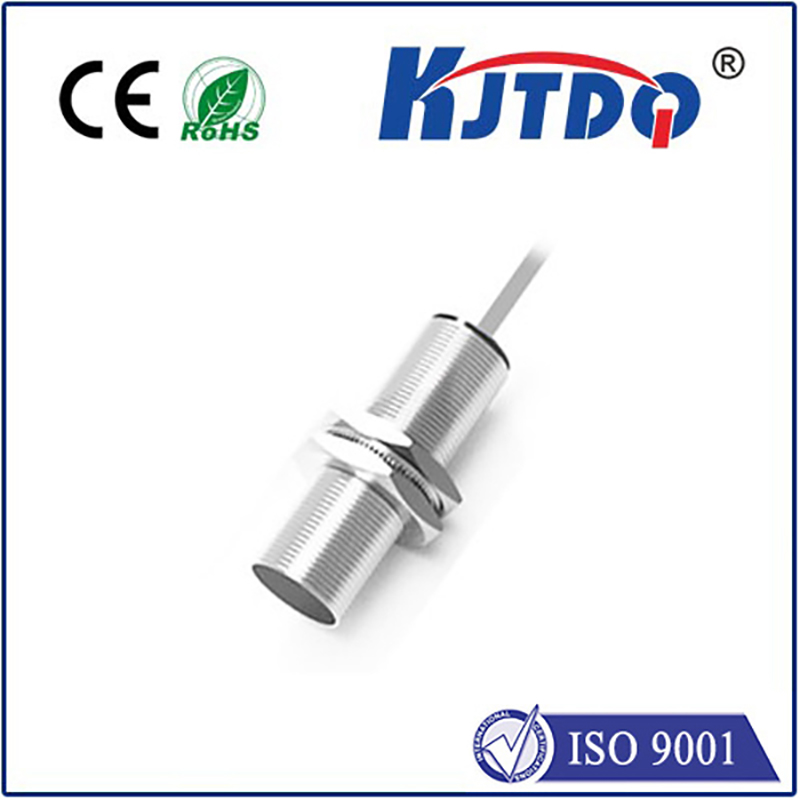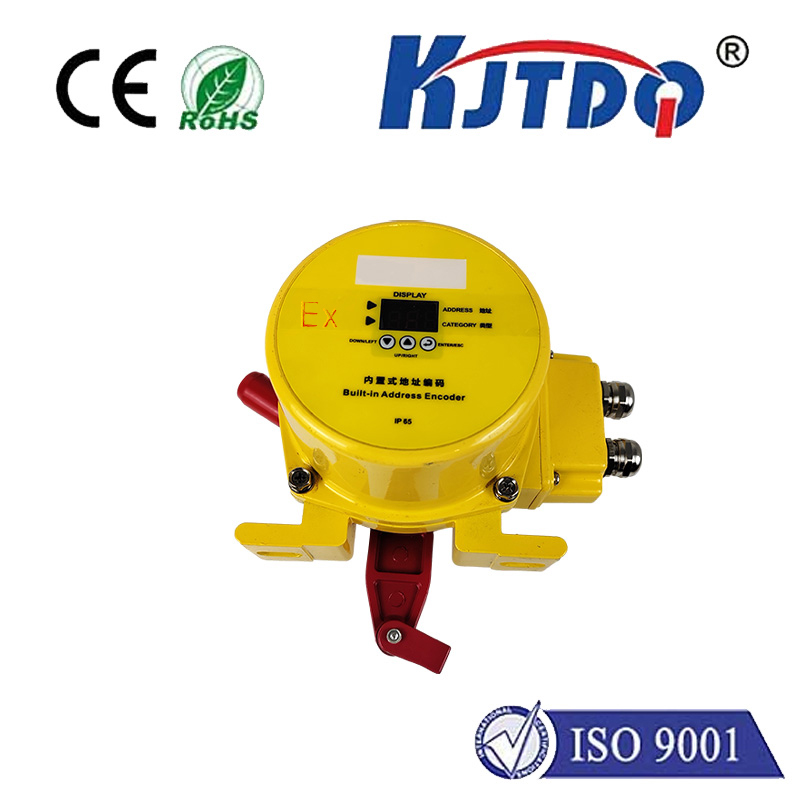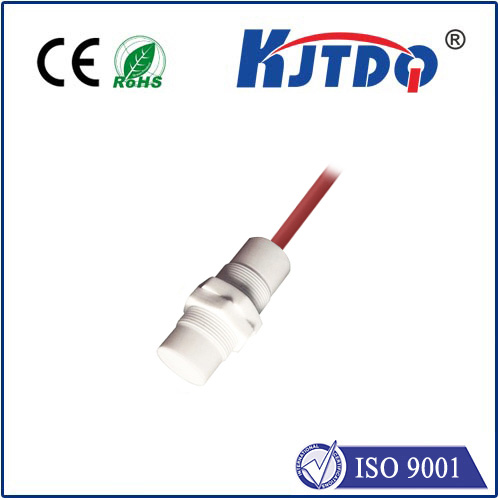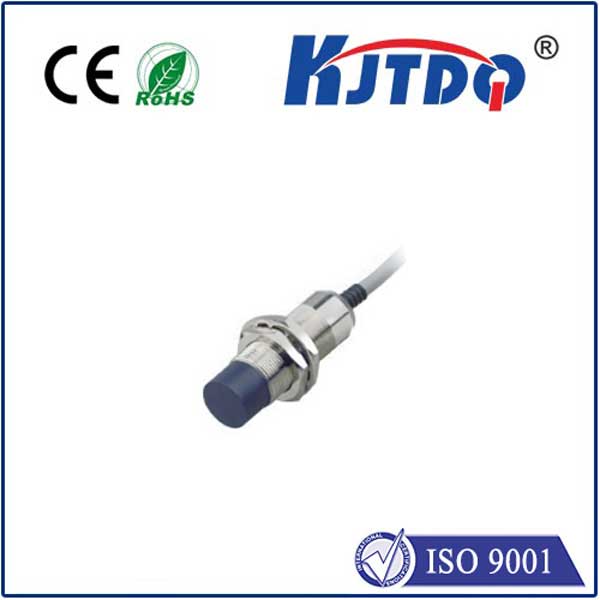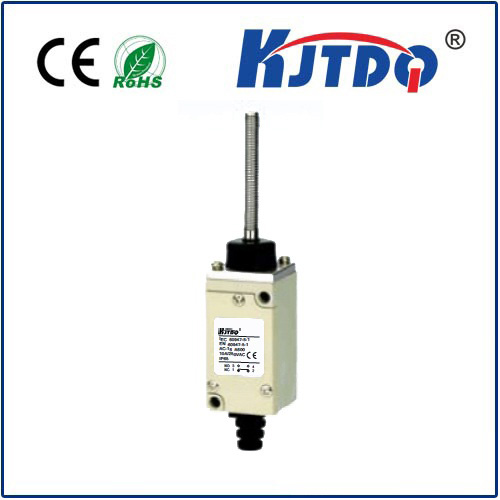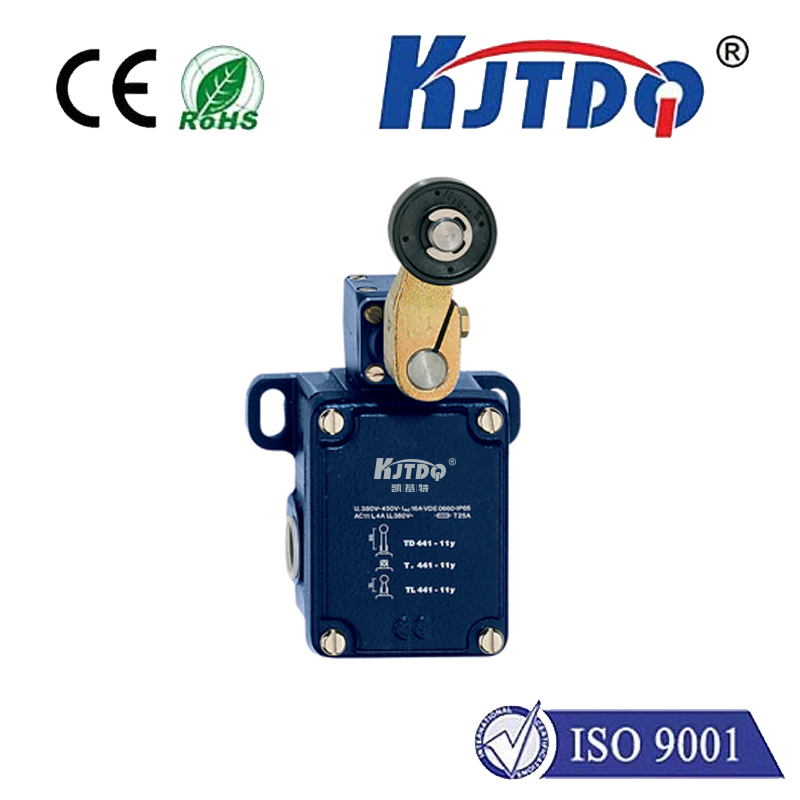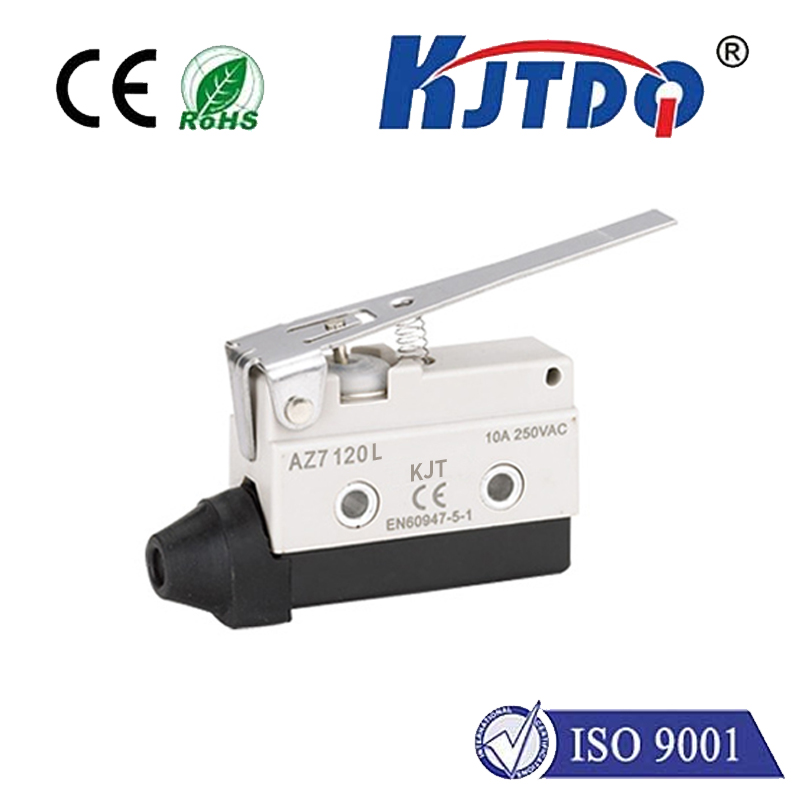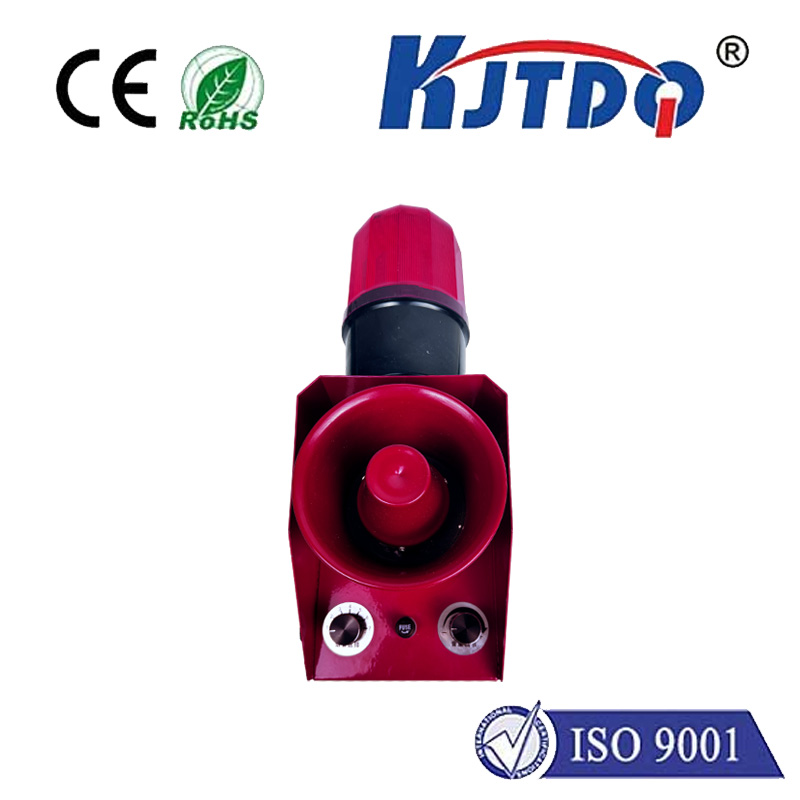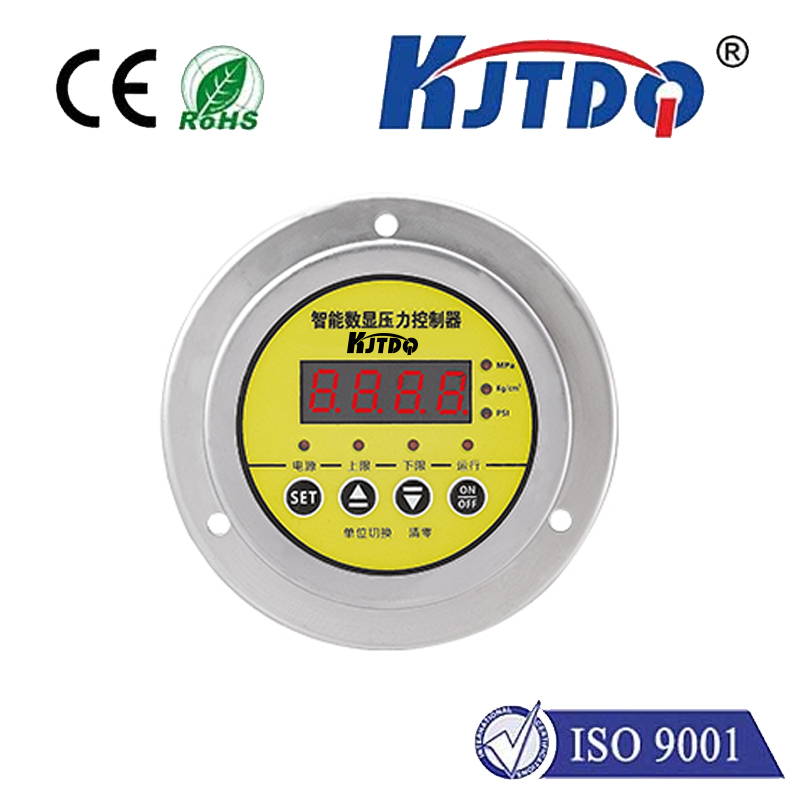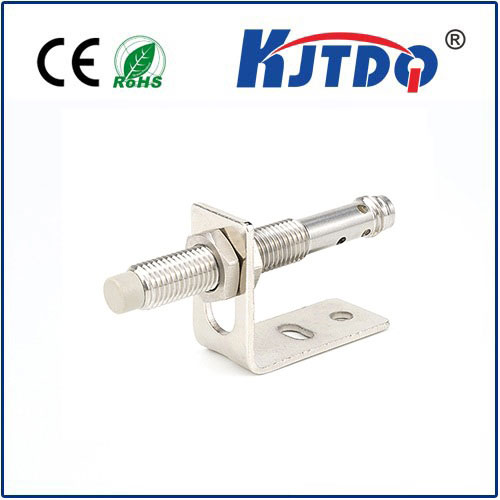
check

check

check

check
Title: Understanding the Role of Limit Switches in Stepper Motor Operations
Introduction:
In the world of precision machinery and automation, stepper motors are an essential component due to their accuracy and reliability. A stepper motor is an electromechanical device that converts electrical pulses into discrete mechanical movements. These motors are particularly favored for their ability to move in precise steps without the need for additional sensors to maintain position. However, when it comes to defining the end points or limits of the motor's travel, limit switches play a crucial role.
What is a Stepper Motor?
A stepper motor operates by dividing a full rotation into a number of individual steps. Each time the motor receives an electrical pulse, it moves one step. This allows for highly precise control over the position and speed of the motor. Stepper motors are used in applications ranging from 3D printers to robotics and CNC machines.
The Need for Limit Switches:

Although stepper motors can operate with great accuracy within their design specifications, they do not inherently know when to stop. Without appropriate limit setting, a stepper motor might continue moving beyond desired boundaries, leading to potential collisions or damage to the equipment or its surroundings. Here is where limit switches come into the picture.
Function of Limit Switches:
Limit switches are electromechanical devices that serve as endpoint detectors. They signal the controller when the stepper motor has reached a predefined limit, effectively acting as a 'stop' command. This mechanism prevents the motor from moving further and potentially causing harm.
Types of Limit Switches:
There are various types of limit switches, including mechanical, magnetic, and optical switches. Mechanical switches use physical contact between an actuator and a lever to trigger. Magnetic switches rely on magnetic fields to detect position, while optical switches use beams of light and sensors. The choice of limit switch depends on the specific application, environment, and accuracy requirements.
Integration with Stepper Motor Controls:
To integrate a limit switch with a stepper motor system, the switch must be connected to the motor controller. When the motor approaches the limit defined by the switch, the switch sends a signal to the controller, which then stops sending pulses to the motor, halting its movement. This integration ensures that the stepper motor operates only within safe and intended limits.
Benefits of Using Limit Switches with Stepper Motors:
Implementing limit switches provides several benefits to stepper motor operations. It enhances safety by preventing over-travel, which can cause collisions or damage to the machine or its load. It also improves the system's reliability by ensuring repeatability and precision in stopping locations. Additionally, limit switches can simplify setup and tuning processes by providing clear start and end positions during operation.
Conclusion:
In conclusion, while stepper motors offer exceptional control and precision, the inclusion of limit switches is paramount for defining operational boundaries. By integrating limit switches into stepper motor systems, engineers can create safer, more reliable, and efficient automated solutions. As technology continues to advance, the importance of these components will undoubtedly remain at the forefront of precision machinery design and operation.
